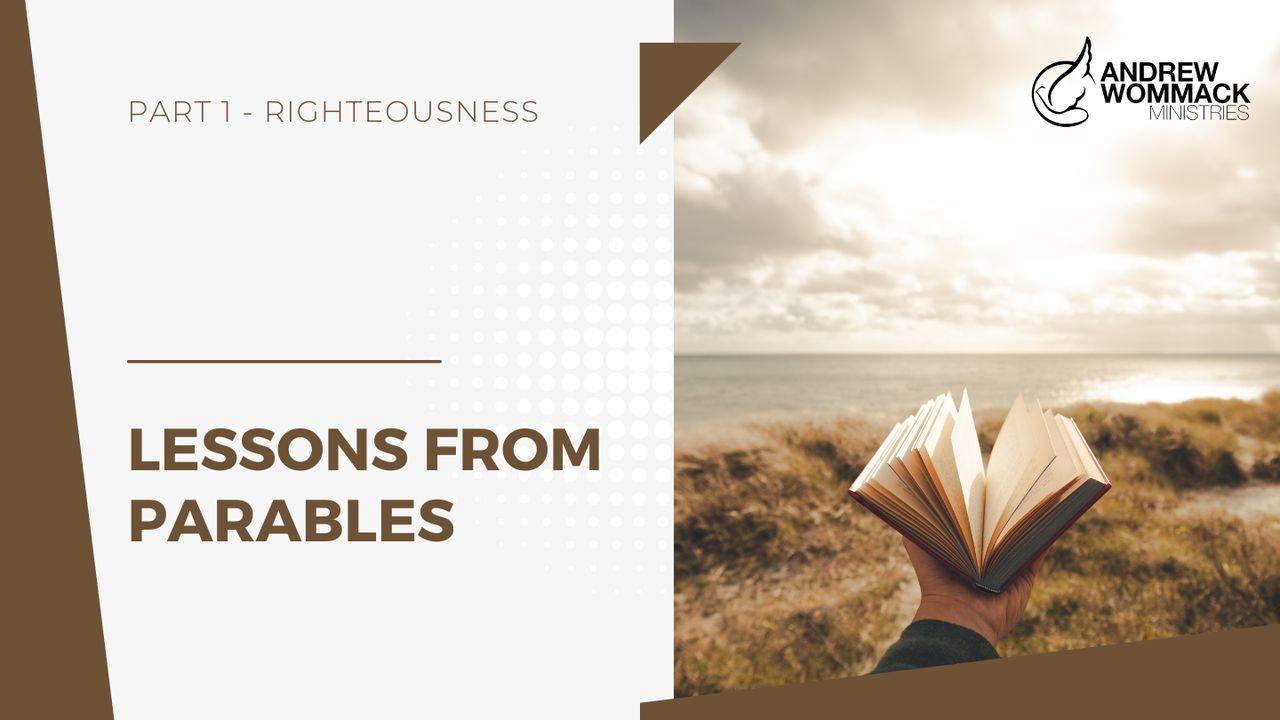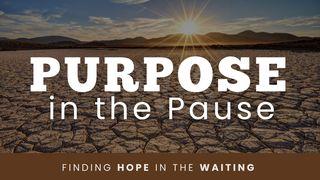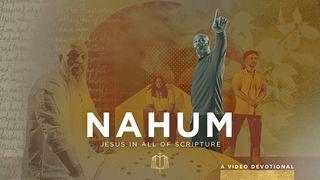Lessons From Parables: Part 1 - RighteousnessSample


These two parables are in response to the scribes' and Pharisees' criticism (v. 30) and the question from John's disciples about why Jesus didn't act according to their religious traditions and expectations (Mt. 9:14; Mk. 2:18). The gist of these parables was to show that Jesus came to do a new thing that would not mix with the old covenant ways that were familiar to people (Isa. 43:18-19; Jer. 31:31-34; Heb. 8:7-13).
A new cloth sown on an old garment in Jesus' day would shrink the first time it was washed. Then it would tear away from the old garment that had already shrunk, making the hole worse. This illustrates that Jesus did not come to patch up the old Mosaic covenant, but to replace it (Heb. 7:18-19).
Also, new wine (not yet fermented) had to be put into new or reconditioned wineskins to allow for the expansion of gases within the skin as the result of the fermentation process. Otherwise, an old wineskin that had already been stretched by use would simply burst and all the wine would run out. The Old Testament laws could never stretch enough to accommodate the New Testament truths of mercy and grace (Heb. 10:1-10). Jesus set us free from the judgment of the Old Testament laws (Rom. 6:14; 7:1-4; 8:2; 10:3-4; Gal. 3:12-14, 23-24; 5:4; Phil. 3:9).
These religious scribes and Pharisees (Lk. 5:30) were making the terrible mistake of trusting in their own efforts to produce their right standing (righteousness) with God. Jesus did not come to accept our sacrificial acts, but to make Himself a sacrifice for our sins. He did all this to make us righteous and give us new life in Him. Thank Him for your righteousness and His grace today.
About this Plan

We offer a collection of parables as spoken by Jesus and recorded in the Gospels in this reading plan series. Part 1 collection is all about the righteousness of our acts.
More
Related plans

New Morning Mercies for Teens: A 10-Day Gospel Devotional

Purpose in the Pause: Finding Hope in the Waiting

Nahum: When God Judges Evil | Video Devotional

Good God!

Blessed: Unlocking the Power of the Beatitudes

Jesus Manages the Four Spaces of Anxiety

Life to the FULL - Walk in Resurrection Power

SHEMA: Hear and Obey

The Adversity Gospel: Trading Prosperity Promises and Deep Disappointment for Unsinkable Hope
